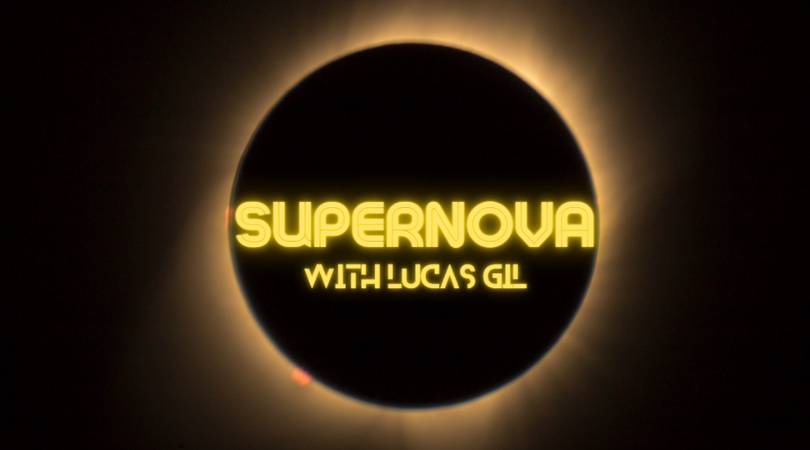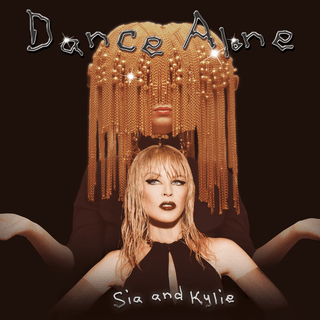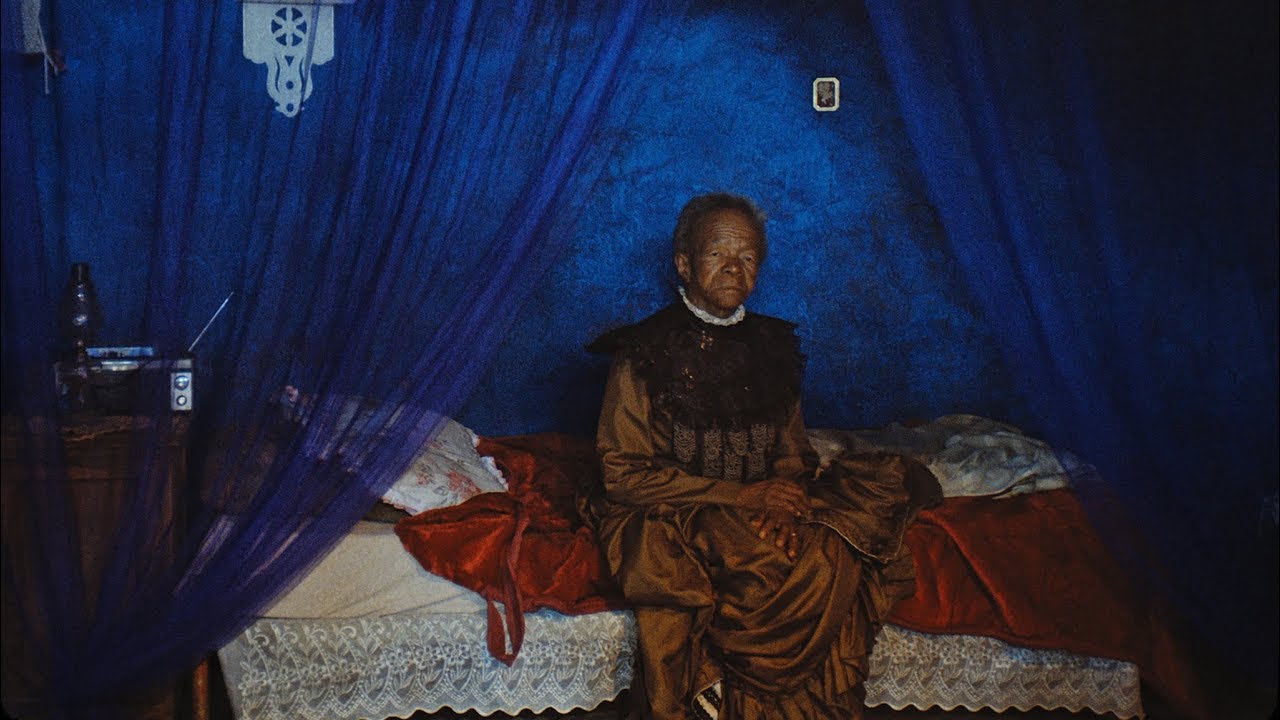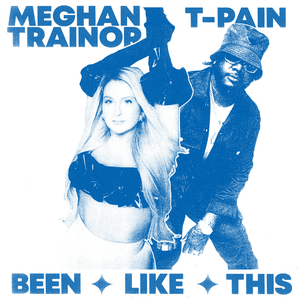-
 play_arrow
play_arrow
GlitterBeam Radio GlitterBeam Radio
-
 play_arrow
play_arrow
Supernova 118
-
 play_arrow
play_arrow
Supernova 117
-
 play_arrow
play_arrow
Sanremo Music Festival 2023
-
 play_arrow
play_arrow
Supernova 116
-
 play_arrow
play_arrow
Supernova 115
-
 play_arrow
play_arrow
Supernova 114
-
 play_arrow
play_arrow
Supernova 113
-
 play_arrow
play_arrow
Supernova 112
-
 play_arrow
play_arrow
Supernova 111

Note: This review was withheld for a week due to the tragic death of Prince Philip, The Duke of Edinburgh. This is due to not only the themes and content of the movie but also the title. I would like to send out my deepest sympathies to the Royal Family at this difficult time.
It is often argued, rather fairly in this critic’s opinion, that there is a certain sizable disconnect between the casual movie-going audience and film critics. On the one hand, critics watch everything, despite the quality, and are often accused of becoming numb to large scale, public pleasing movies such as Avatar or the MCU. But it’s when covering movies that are odd masterpieces, from Ben Wheatley’s “A Field in England” to Michael Haneke’s “The White Ribbon”, that critics face the most flack, more often than not enjoying cinema that seems the most difficult to consume. There is no correct answer to whether or not critics have become out of touch. Its undeniable film criticism has become more popular, more helpful and more universally relevant over the last decade, reaching millions more regular people than ever before. Similarly, it can be argued that the crux of the problem is that critics don’t have the luxury of being initially repelled by work that is difficult. They’re there for the long run, and in my experience as a film student, film fan and now a film critic, I have to say this is only ever a good thing. Films like “This is Not a Burial, Its a Resurrection” are a perfect example of why it’s worth sticking it out through most movies. Underneath a surface that may initially seem odd and haunting is a brilliant piece of art that transcends generations, countries and language barriers.

This is Not a Burial, It’s a Resurrection follows Mantoa (Mary Twala), an elderly woman living in a small village in Lesotho who, after the death of her son, is preparing herself for death. However, soon she becomes a beacon of hope in a small community wracked by the oncoming wave of change as the building of a dam threatens to upend their village and resettle them all. Twala in this lead role is utterly wonderful. It’s clear she was determined to showcase the unflinching reality of pure grief in each singular frame, creating a performance that not only speaks of tragedy but of hope, community and faith. In fact, every performance in the film has a brilliance to it, with inflexions of sadness and beauty that radiate outwards into each sequence, often through body language alone.
The film itself feels like, in lesser hands, it could’ve easily become a less worthy rehash of Bill Forsyth’s “Local Hero”. Instead, director Lemohang Jeremiah Mosese chooses to turn This is Not a Burial into a slow and melodic drama that feels almost otherworldly in its oddity. The first ten minutes pass with no more than 5 cuts, including an extremely long pan and push in that lasts around 5 minutes and begins a gorgeously raspy but seemingly uncomfortable voice-over that hovers over the rest of the movie. This gives the entire thing a poetic feel – in fact, if not for the technology and modern thematic elements the story could be reinterpreted as an old folk tale being recounted around a campfire. Unfortunately, this leads to my main issue with This is Not a Burial, It’s a Resurrection. The voice-over straddles the line between necessary and intrusive. Whilst I do like it, and in fact I think it gives the piece an extra layer of stylistic flair, the voice-over often serves to simply explain the plot or emotions of the character. This is due in part to the filmmaker’s knowledge that this exceedingly dense and difficult watch would alienate general audiences, and rather than accepting this and having faith in their target demographics ability to understand the story they use the voice over to explain exactly the character is feeling right now. This is baffling, especially since so often this same cinematic technique is used beautifully. Terence Malick is often considered the King of voice over due to his use of it not to explain the story, nor explain the emotions of the characters plainly, but to instead create a tone from which the audience can help recreate the mindset of the characters. This is Not a Burial manages to get this right almost all of the time, but when it wavers and goes off course it goes from being an excellent, ambitious and haunting cinematic achievement to a low-rent Jean Luc Godard film. Its rare, but its there.
I do have to take a moment to talk about the gorgeous cinematography by Pierre de Villiers. Villiers imbues the interiors of the film with a magical quality, often creating deep orange, blues and blacks that almost resemble a period piece, especially when oil lamps light Mantoa dressed in her funeral garb. The beauty is second to none, serving as the cherry atop one of the most unusual but beautiful films Ive had the pleasure of seeing in a long time. Its a shame, then, that we didnt get to see it in cinemas here in the UK, with its release coming straight to streaming. The pandemic has taken away our chance as a movie-going public to watch this hazy, beautiful fever dream in an independent cinema where it belongs. That is the real tragedy of This is Not a Burial, Its a Resurrection.
4/5 Stars
Written by: Joey Palmer
Acclaimed Cinema Drama Film Filmmaking Films Foreign foreign Film Foreign Language LGBT South Africa
Similar posts
Chart
-
-
 play_arrow
play_arrow
Dance Alone Sia & Kylie Minogue
-
-

2
Miss Me Too
Griff
-
-
 play_arrow
play_arrow
Been Like This Meghan Trainor & T-Pain
-
-
Top popular
Featured post

Latest posts
Current show
Upcoming shows

Over a Cuppa
1:00 pm - 3:00 pm

Music With Sparkle
3:00 pm - 4:00 pm

Pop Don’t Stop
4:00 pm - 7:00 pm
Chart














Post comments (0)